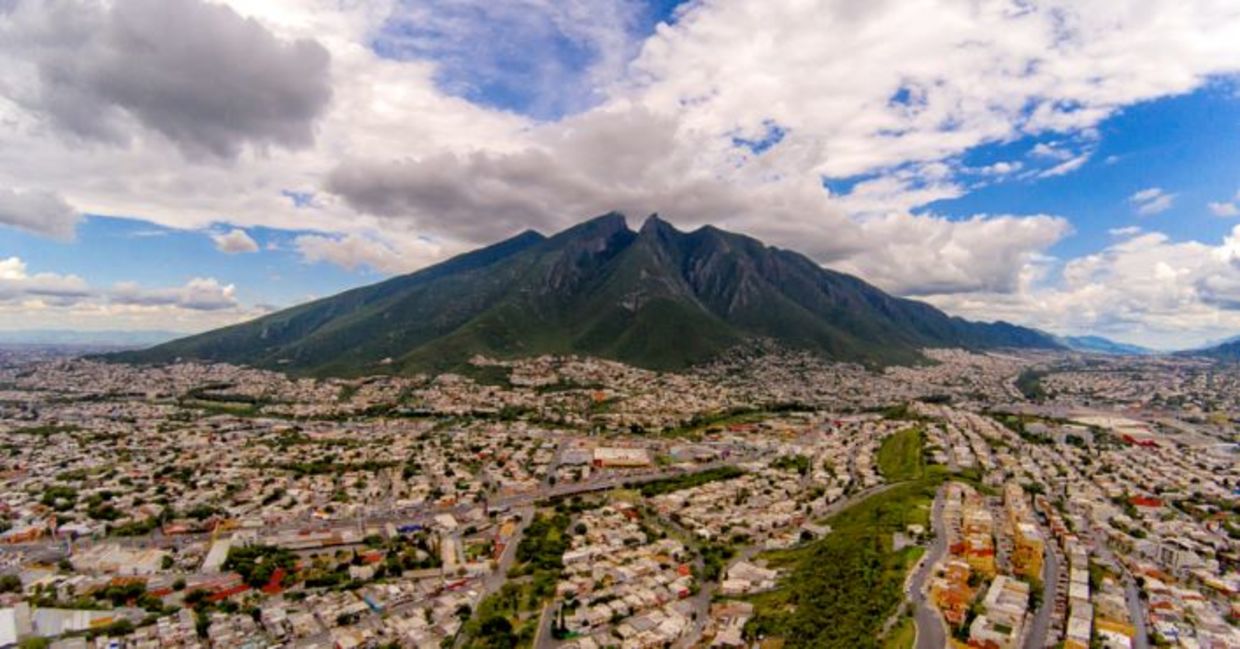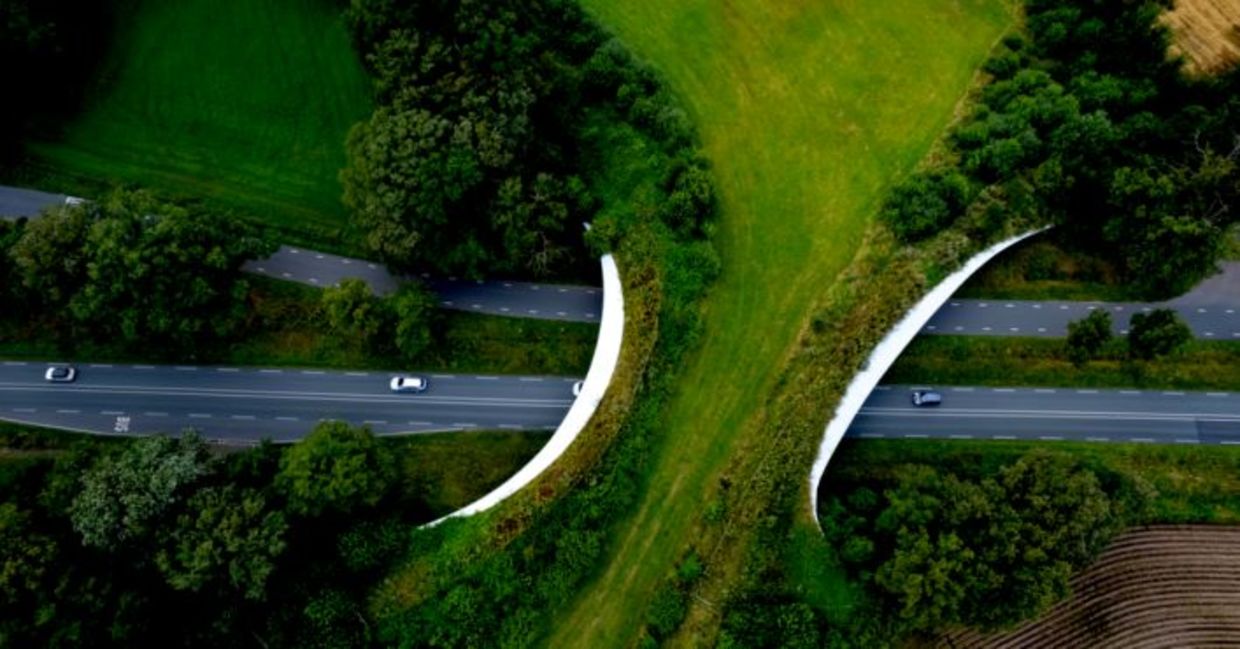
(Eskystudio / Shutterstock.com)
Can cities and nature coexist? Managing urban landscapes sustainability is challenging. Typically, cities expand at the expense of flora and fauna, letting conservation take a back seat as housing, transport and commercial infrastructure planners get to work. But not in cities adopting “green corridors,” which offer a beneficial reversal of this pattern. Now Monterrey, in northeastern Mexico, is raising the bar with its sustainable approach to land management, urban design and spatial planning.
Monterrey’s green ambitions
Visitors to Mexico’s second city, Monterrey, will not fail to be impressed by its mountains; the name is said to originate from the Spanish words for “mountain” and “king”. But it is now set to be famous for another reason, its extensive, man-made environmental features.
As Forbes reports, Monterrey plans 18 green corridors of trees to combat climate change and reduce inequalities resulting from the lack of green urban space. Taken together, these projects plan to create over 94 hectares (232 acres) of rehabilitated parks, and over 73 kilometres (45 miles) of city streets, engaging in what the local Monterrey municipality calls “extreme tree planting.” This translates to adding another “20,000 native tree specimens to the municipal tree inventory.”
The city is set to launch its plan for green corridors with the “Parque Lago” project in the city’s northern area. This will create eight hectares (nearly 20 acres) of green public space. Or as Laura Ballesteros Mancilla, Secretary of Sustainable Urban Development explains: “The objective of the Parque Lago project is to generate a quality public space that works as a detonator for urban, environmental, social and economic improvement.”
Overall, this first project aims to generate environmental services such as water provision to tackle a local water shortage, as well as combatting the extreme heat in the area, and to improve access to green spaces and recreational areas for locals. The idea of community remains front and center: “[The project] is not about government actions, it is about creating community together with the people, it is realizing… a good alliance between companies, between citizens, government.”
What is planned for this debut stage of construction? Locals can expect enhanced leisure features like contemplation areas and spaces for picnics, outdoor games, and quality play zones for toddlers.

(diegocarrales / Shutterstock.com)
Green corridors explained
Green corridors aka ecological corridors can be defined as “linear natural infrastructure, such as trees and plants, that link up other green and open spaces to form a green urban network” that embodies sustainable land use explains the website of Climate-ADAPT, a partnership between the European Commission and the European Environmental Agency
Designing Buildings reports that green corridors also enable the bridging of habitat populations that have been split by human development such as roads and settlements, promoting genetic diversity, or even after natural disasters such as wildfires, and preventing animal and plant species from becoming vulnerable.
These multipurpose green corridors offer an impressive list of social, ecological and financial benefits to both humans and wildlife. These include greater urban biodiversity and environmental qualities such as lush recreational areas, community gardening, and the cooling shade of tree canopies. They encourage physical activity, social interaction, happiness in nature, and non-polluting mobility such as bicycles. They also lower the vulnerability to heatwaves by helping prevent heat islands from forming, and to floods, and protect pedestrians from air pollution.
Natural Walking Cities, a platform from Richard Lambert, an expert at integrating nature into cities, explains: “For green corridors to add the most value they need to provide connections between existing green spaces, community, commercial or transport hubs or all of the above; be large enough and provide opportunities for people and wildlife to utilise their services and reap the benefits.

(Maarten Zeehandelaar / Shutterstock.com)
Joining a global roll call of green corridor trailblazers
Monterrey joins a growing list of cities around the world introducing green corridors. These often repurpose elements of the natural landscape such as natural watercourses, roadside grass verges or disused railway tracks to help create greener and healthier cities, one of the UN’s Sustainable Development Goals.
View this post on Instagram
According to Treehugger, reporting on green initiatives,examples take in “The Terai Arc Landscape” in India and Nepal, Oslo’s “Bee Highway” in Norway, and “Ecoducts” in the Netherlands. Other green corridors include the “Waterfront Greenway” in Manhattan, New York and the Cheonggyecheon in Seoul, South Korea, a huge linear park that replaced a polluting freeway overpass and has been credited with lowering average temperatures reports renewable energy firm, the Iberdrola group.
The future coexistence of cities and wildlife looks brighter, with benefits to all. This is happening as more urban developers globally make the integration of green infrastructure into policy and its implementation a standard practice.







